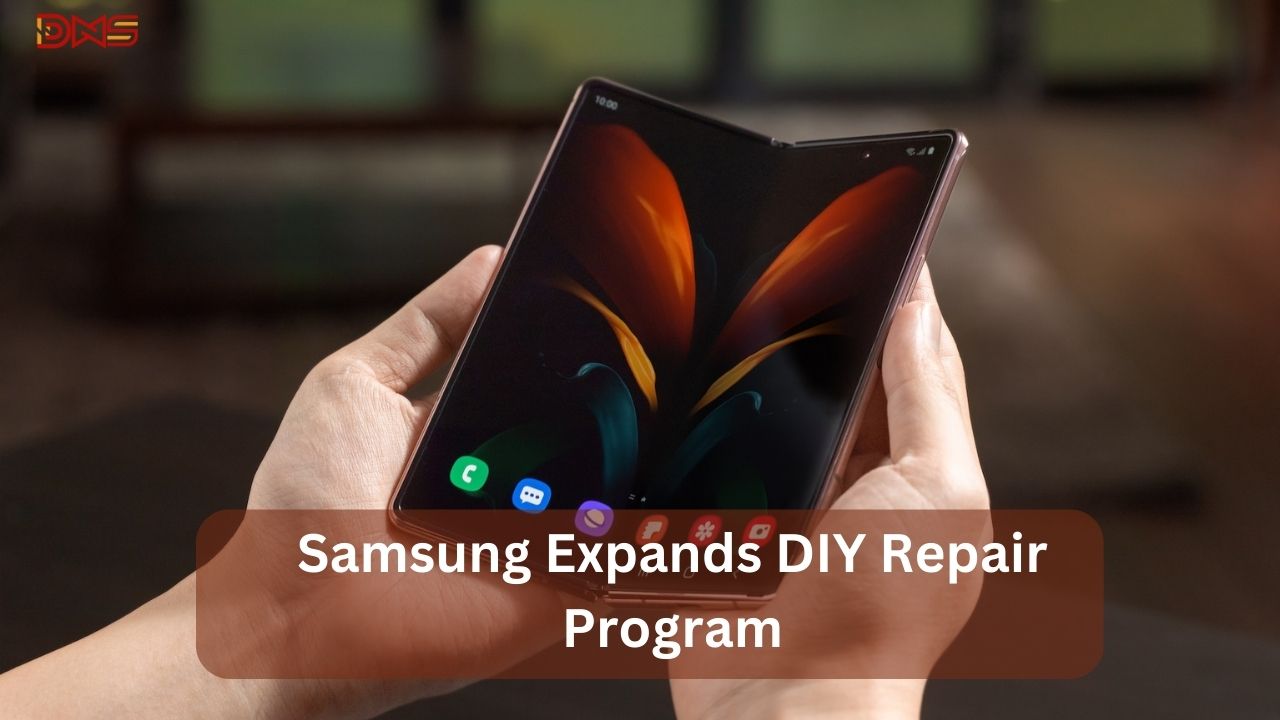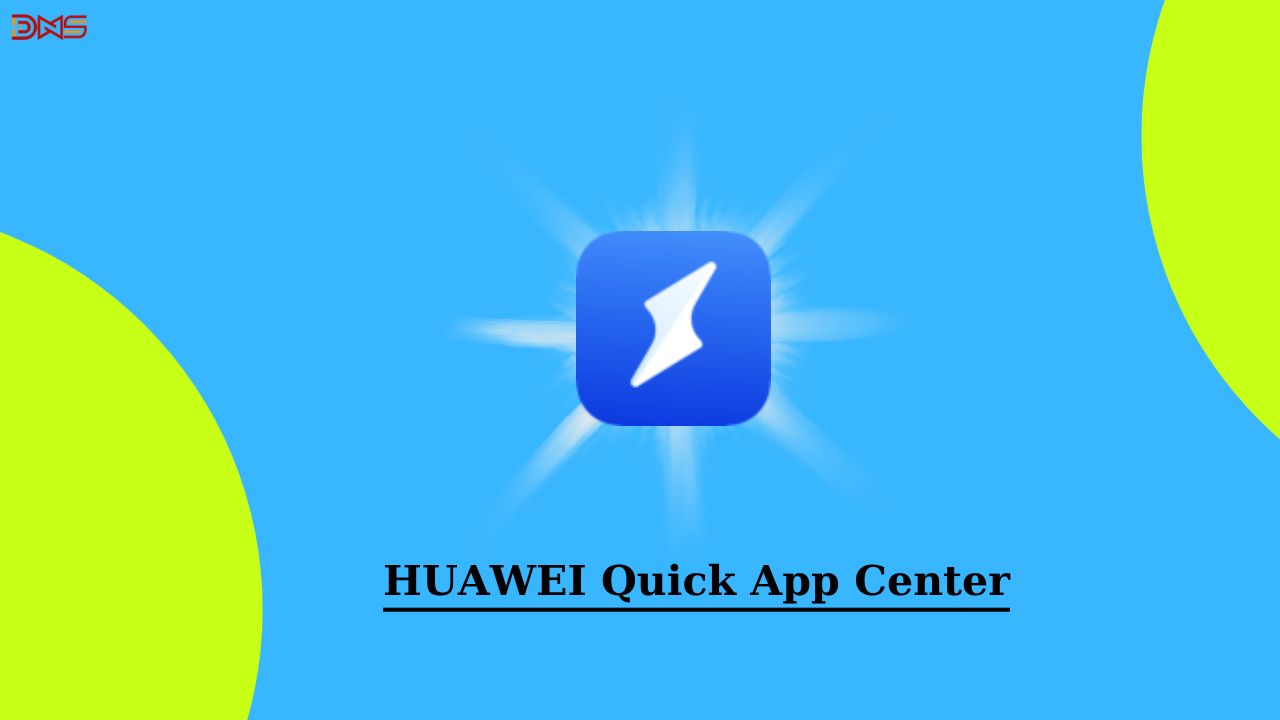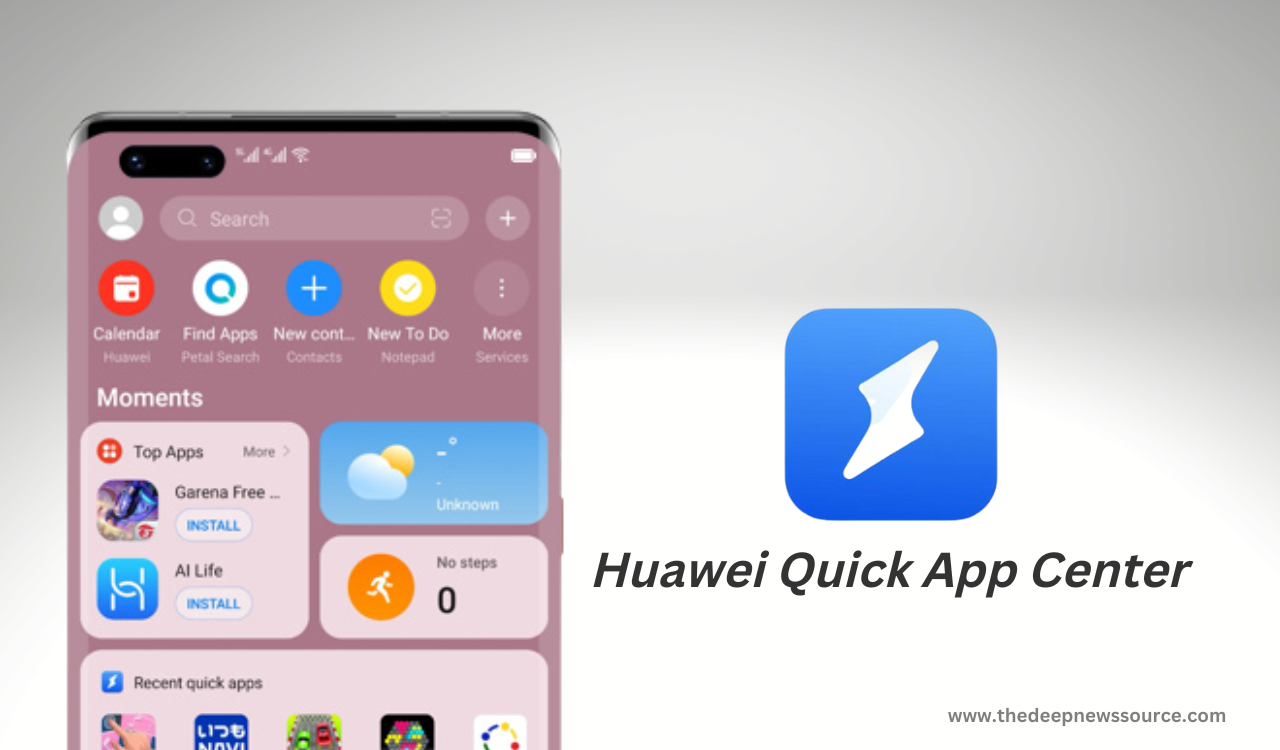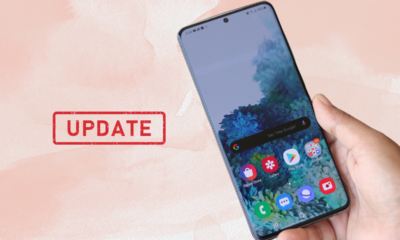News
OnePlus 10T’s new rendering shows its back and front design, Alert Slider button is absent

As we all know that the Chinese tech giant OnePlus is now working to launch its new flagship device into the market and it should be called the OnePlus 10T. Also, according to the rumor, this is OnePlus’ final flagship model for this year. Now Steve Hemmerstoffer, alias @Onleaks, has published renders of the OnePlus 10T smartphone that show the back and front designs once more in advance of the debut.
The latest render images from @Onleaks provided further convincing proof that the OnePlus 10T smartphone and the OnePlus 10 Pro smartphone are quite different. The camera bulge is remarkably identical to the prototype, and the circular flash is now located in the upper right corner of the OnePlus 10T smartphone renders.
Although the most notable change is that the OnePlus 10 Pro features an Alert Slider, a different render indicates that the OnePlus 10T will not have this feature. Is OnePlus likely to quit utilizing its smartphone’s Alert Slider feature? It’s difficult to say anything because the Slider button plays a significant role in the DNA of OnePlus, and we adore it.

In the front panel, the OnePlus 10T smartphone should be different from the OnePlus 10 Pro. It appears that the metal frame will be swapped out for a plastic one, and the bump’s shape, particularly the beveling around it, will be altered. The display should have the same size as the Pro, measuring 6.7″, but it is anticipated to lose QHD+ resolution in favor of FHD+.

For the latest news, join us on our telegram channel: link below
 To get a better look at the sides of the OnePlus 10T, spin it 360 degrees as seen below:
To get a better look at the sides of the OnePlus 10T, spin it 360 degrees as seen below:
The OnePlus 10T is rumored to use a new SoC, the Snapdragon 8 Gen 1+. The BBK Group’s 150-watt charging technology will be used for the first time by OnePlus when it comes to charging. Oppo and OnePlus, both members of the BBK Group, are working together to achieve 240-watt charging under the “SuperVOOC” moniker. The OnePlus 10T should be used for the first time with 150-watt charging.
OnePlus most likely uses standard RAM options of up to 12 GB and storage of 128 GB or 256 GB. Even though Android 13 is imminent, the smartphone should most likely ship with OxygenOS 12, which is based on Android 12. The battery is supposed to have a 4800 mAh capacity.
In terms of the cameras, the render images also clearly show the triple camera setup: It is rumored to have a 50-megapixel primary sensor, a 16-megapixel super-wide-angle sensor, and a 2-megapixel macro sensor.
So far, the only real release date rumor points to the OnePlus 10T arriving in July, though this seems early for a T model and close to the launch of the OnePlus 10 Pro, so we’d guess August or September. However, the OnePlus 10T smartphone has yet to be officially confirmed by the company.
OnePlus 10T Render images:




For the more latest news, you can follow us on!
1. Telegram.
2. Google News.
3. Twitter.
News
Samsung Expands DIY Repair Program to Include Galaxy S23, Z Fold 5, Flip 5, and More

Samsung is making it easier for users to fix their devices by expanding its DIY repair program. In a recent announcement, Samsung shared that over a dozen new devices will be included in the Self-Repair program. Among them are the Galaxy Z Fold 5 and Galaxy Z Flip 5, marking the introduction of DIY repair options for Samsung’s foldable phones.
The Self-Repair program will provide users with access to parts and guides for fixing their devices at home. Samsung [Samsung Newsroom Post] is taking a step towards empowering users to take control of their device maintenance, offering support for popular devices like the Galaxy Z Fold 5 and Galaxy Z Flip 5 in this latest expansion.
Until now, Samsung mainly provided DIY repair options for its regular smartphones, tablets, and laptops. However, when it came to the more intricate foldable models like the Galaxy Fold and Flip, the company limited users to professional repair services due to the complexity of these devices.
Now, in a noteworthy move, Samsung is expanding its DIY repair support to include its foldable models, starting with the Galaxy Z Fold 5 and Galaxy Z Flip 5. This means users will soon have the option to tackle repairs at home, marking a shift in Samsung’s approach to empower users in maintaining and fixing their foldable devices.
This development follows Google’s recent introduction of DIY repair options for its Pixel Fold, though it’s worth noting that repair parts for the Pixel Fold can be relatively expensive, such as the inner screen alone costing $900. As Samsung joins the DIY repair trend for foldables, it’ll be interesting to see how this impacts the accessibility and affordability of maintaining these innovative devices.
The full list of new Self-Repair options for Galaxy devices includes:
- Galaxy Z Fold 5
- Galaxy Z Flip 5
- Galaxy S23
- Galaxy S23+
- Galaxy S23 Ultra
- Galaxy S23 FE
- Galaxy A05s
- Galaxy Tab S9
- Galaxy Tab S9+
- Galaxy Tab S9 Ultra
- Galaxy Tab S9 FE
- Galaxy Tab S9+ FE
- Galaxy Tab A9
- Galaxy Tab A9+
- Galaxy Book 2 Pro (15-inch)
- Galaxy Book 2 Pro 360 (15-inch)
Samsung is making its Self-Repair program available to more people around the world. The program is spreading to South Korea and over 30 European countries, including places like Denmark, Greece, Hungary, and Portugal. However, it’s important to note that, as of now, these new devices are not yet supported in the United States, and parts are not available from Samsung’s retail partner, iFixit.
via:- 9to5google/samsungnewsroom/ifixit
Huawei
Huawei Quick App Center gets the latest version 13.5.1.201 [APK]

Huawei has recently revamped its pre-installed applications, including Huawei Health, Huawei Assistant, and AppGallery. The latest update introduces the Huawei Quick App Center, marking a significant change. This update reflects Huawei’s commitment to enhancing user experience and providing streamlined access to applications.
The latest update for the Quick App Center app comes with version number 13.5.1.201 and the installation size is 74.01 MB. With this new update, the company has fixed some known issue bugs. For a better app experience, you should install this latest build on your Huawei devices, below you can check the download link.
SOFTWARE INFORMATION:-Application name:
Update Version:
Update Size:
|
DOWNLOAD LINK:-
| Huawei Quick App Center V13.5.1.201 APK |

HUAWEI QUICK APP CENTER:-
As per the official introduction, the Huawei Quick app Center allows users to use and manage apps without installation. Also, this application provides the feature to create the app shortcut on your device’s Home Screen. The best part of the Quick app is that it takes up very little space on your device and it has been updated automatically to increase your work experience.
| Telegram | Google News | TwitterX |
Harmony OS
HarmonyOS NEXT Lands in 2024: Huawei CEO Sets Big Goals

Huawei’s big boss just hinted at exciting new things for their software in 2024! Expect fresh products built on their latest HarmonyOS NEXT system.
During the Fan Club (Pollen) Annual Conference 2023, Yu Chengdong announced that Huawei plans to reveal several advanced products next year. He also predicted the launch of HarmonyOS NEXT products and improved native application experiences in 2024.
The CEO didn’t share when exactly the new software and native applications would be released, but we can anticipate the official reveal to happen in early 2024.
Huawei needs to make HarmonyOS fully independent and essential without relying on Android libraries soon. Hopefully, the company will speed up its efforts in the coming days.
Many app developers, such as Alipay, McDonald’s, HiPaint, Bank of Communications, and others, have joined native app development for HarmonyOS. The goal is to create a strong app ecosystem independent of Android and iOS.
Huawei is set to offer HarmonyOS-based courses, with approval for 55 projects and over 10 universities planning to launch these courses soon.
Huawei plans to introduce apps in more than 18 categories, focusing on digital and financial sectors. According to Yu Chengdong, these native HarmonyOS applications aim to be smoother, smarter, safer, and more comprehensive compared to iOS and Android.







